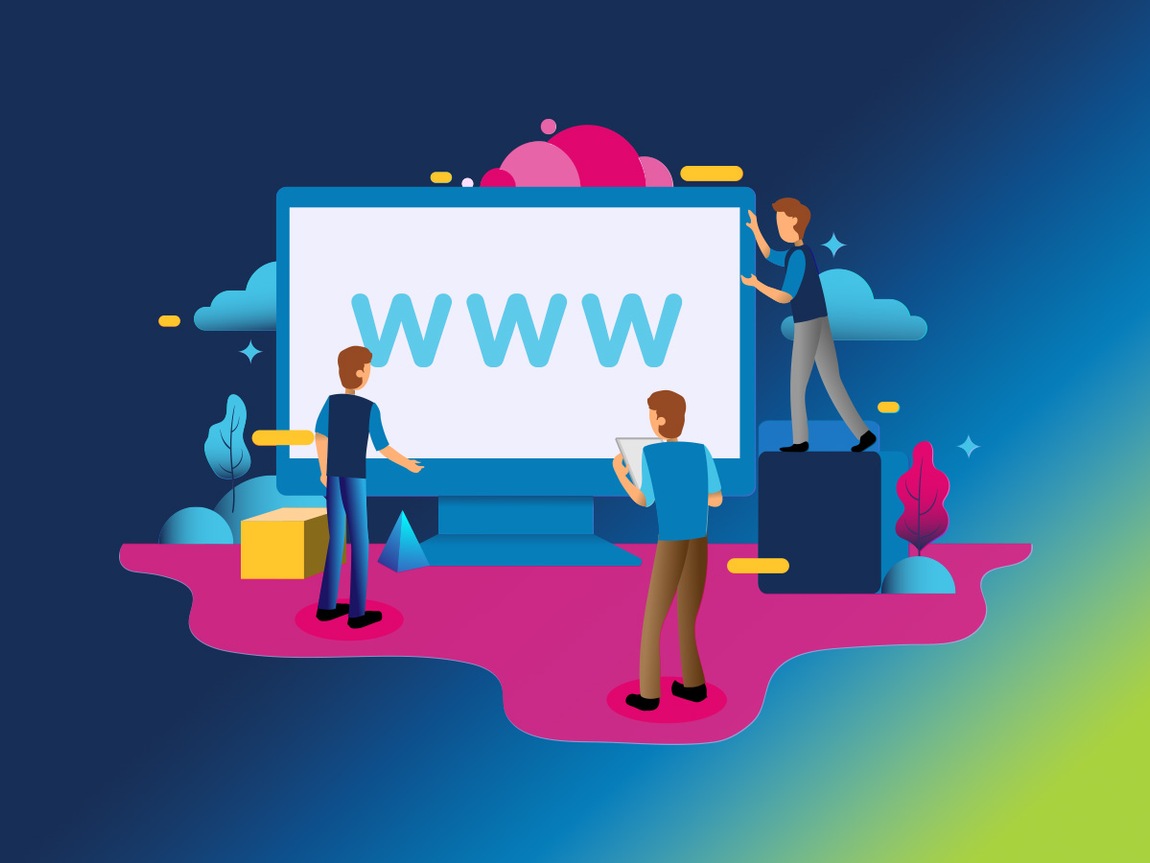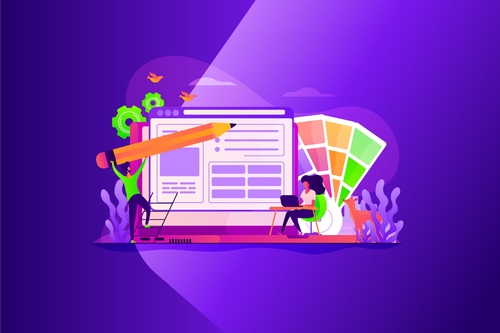We all know what it’s like when people get carried away talking too much about themselves, right? This bad habit is universally recognized as rude and inconsiderate.
But if no one wants to come across as self-obsessed, why does this behavior persist? Because, of course, no one ever thinks they act this way.
This is a “don’t be that person” blog in the context of web design and UX. Think of your website as an opportunity for your brand to engage in a conversation with a visitor. Is it possible your web copy focuses more on talking about your brand than the needs of your customer? Are you organizing your site the way you think the users should use it—or in the way they prefer to use it?
Don’t worry—we’re not looking to call anyone out here; we want to help you design the most effective website imaginable! And that means designing a user-centric website.
Integrated Marketing: Setting the Stage for User-Centric Design
To explain the concept of user-centric web design, we’ll first need to consider the evolution of not just marketing but the web itself.
Initially, the internet was intended for personal computing and the execution of simple tasks. As connectivity and capabilities improved, the web experience became more fun and creative than its stark early days. Ultimately, companies recognized the opportunity to use the internet to conduct business and commerce with audiences far and wide.
Web-based business, in its earliest form, was simply an online catalog of goods and services. As marketing evolved from merely offering products to developing branding initiatives—selling a concept, a lifestyle, or a worldview as means of attracting business—the prevalence of storytelling as a marketing technique emerged.
Now, the dual evolutions of web design and marketing have integrated: the contemporary capabilities of the internet work in concert with the storytelling goals of modern marketing as part of an integrated marketing strategy. Multiple marketing initiatives can work together to reinforce and support a business’ goals.
With the advent of integrated marketing, the stage is set for user-centric web design.
What is User-Centric Web Design?
Before integrated marketing strategies became possible, a brand’s individual touchpoints with customers were essentially separate, siloed efforts. This meant every interaction, advertisement, or bit of content carried far more responsibility to tell brands’ stories. Integrated marketing has made it possible for brand storytelling to take place with multiple platforms telling parts of the story, aimed effectively at targeted personas, at strategic times, and via whichever medium is most likely to make an impact.
What a relief for web design! Suddenly, all that storytelling web copy is no longer necessary on every page, liberating not just the web designer, but also vastly improving the user experience.
A user-centric website provides visitors exactly what they need—no more, no less, at just the right time. This means delivering the goods in an interesting way that captures and holds attention, without visitors having to wade through excessive self-promotion or improperly placed content. User-centered design clears your website of anything that will unnecessarily confuse, bore, or otherwise cause your user to leave the site entirely.
What Makes Web Design User-Centric?
The key to user-centered web design is considering the core motivation(s) of the user’s visit. Why do people come to a specific website? And at which stage of the buyer’s journey?
Part of the beauty of an integrated marketing strategy is the ability to meet potential customers at any stage of the buyer’s journey.
Brands can tell their stories via social media and public relations efforts, while websites can simply focus on meeting the user’s needs. Users shouldn’t have to—and typically don’t want to—read a brand’s entire history or mission statement every time they want to make a purchase. That’s like having an overbearing host who repeatedly offers guests bottles of water even though they’ve already got one.
The central, constant question of user-centered design: Is this what the user needs?
Naturally, it can be tough for some companies to put the customer’s preferences before their own—after all, who’s paying for this website?
If you’re having doubts about going user-centric, the data will more than make the case.
User-Centered Design, Data-Supported Decisions
No need to trust your gut; there are numerous ways to prove the efficacy of user-centric web design. From search engine optimization to web analytics, let’s explore the ways data backs up this UX blueprint.
SEO and How Your Visitors Find You
Let’s do a quick experiment for those of you who use Google Search Console:
- Open your Google Search Console account
- Sort to view the search queries driving the most clicks to your website
There’s a great chance that your brand name is one of the top keywords users search to look up your company. In other words, many of your users already know who you are.
When your reputation precedes you, there’s no need to reintroduce yourself again on your website. User-centric design plays into this. Your other platforms and touchpoints are better suited to boosting brand awareness and meeting potential customers earlier in their buyer’s journey.
This is what makes a robust SEO strategy vital to user-centric design. When you’re absolved from having to introduce yourself to customers, you can devote your focus to helping them.
User-centric design will help improve your site’s search engine ranking, too. When you design with visitors’ preferences in mind, they’re likelier to stay on your site longer, which indicates to search engine algorithms that you have a high-quality site worthy of higher ranking.
As part of your integrated strategy, user-centric design plays into the fact that search engines are, in their own way, user-centric as well. There are dozens of different SEO tactics you can leverage, and we can help you determine which efforts are most worth pursuing to more effectively capture new site visitors.
Studying Visitors’ Behavior
Now that users have entered your site, what do they do? Contemporary software and tools allow us to study the behavioral trends of website visitors, including but not limited to scroll depth and heat mapping. This technology provides invaluable insights into the components of your site:
- If visitors are exiting your site at a certain point, you may have too much extra copy, your content may be failing to answer their questions, or the site is poorly designed
- Maybe you’ve got a design feature, such as a lengthy carousel explaining all 20 of your core business tenets, which is being totally neglected by users and would benefit from a user-centric makeover
The data you glean from a full analysis of your visitors’ behavior will illuminate crucial ways to cater to your users.
User-Centered Design Solutions
With data like keywords and heat maps at your fingertips, creating that user-centric website can seem like an insurmountable task. And, with many factors (both internal and external) at play, sometimes setting a measurable goal can overwhelm even the most seasoned of marketers.
If you’re looking for assistance in assuring your website is user-centric, Element can help. Whether you’re pondering the idea of a new website, or are looking to optimize your current one, we’ll perform a thorough audit of your web content to ensure it’s what your visitors want and achieves your business goals.
Contact our experts, and we promise: you’ll no longer be that person!









